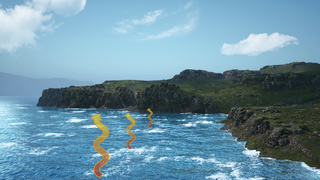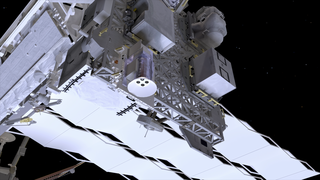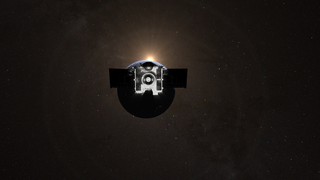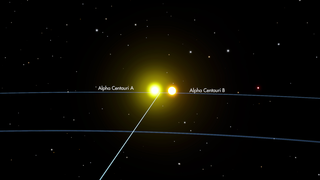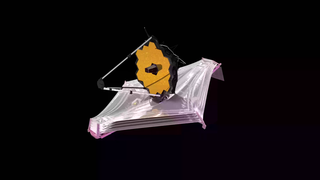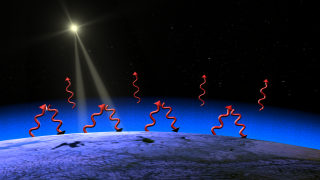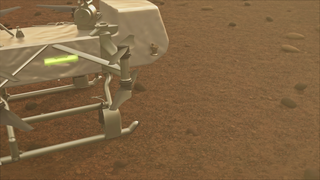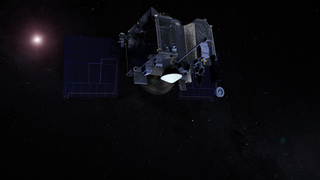Earth
ID: 20028
Carbon is the root of all life on Earth, and as it circulates through our biosphere, the Earth's state of health responds. Whenever the size of phytoplankton colonies in the ocean changes, it affects the amount of carbon absorbed from the atmosphere. These blooms are highly dependent on surrounding environmental conditions. As a hurricane passes over the tropical waters of the Atlantic, it draws up cold water from deep below the warmer surface. As the cooler water rises, it brings with it phytoplankton and nutrients necessary for life. These microscopic plants then bloom in higher than average amounts. Bigger storms cause larger plankton blooms and more plankton absorb a greater amount of carbon from our atmosphere. Scientists are still trying to determine how much carbon dioxide might be removed by such a process.
Cold Water Upwelling Promotes Phytoplankton Blooms
Animation Credits
Susan Twardy (HTSI): Lead Animator
Steven Babin (Johns Hopkins University/APL): Scientist
Elizabeth A. Smith (HTSI): Writer
Steven Babin (Johns Hopkins University/APL): Scientist
Elizabeth A. Smith (HTSI): Writer
Please give credit for this item to:
NASA/Goddard Space Flight Center Conceptual Image Lab
NASA/Goddard Space Flight Center Conceptual Image Lab
Short URL to share this page:
https://svs.gsfc.nasa.gov/20028
Goddard TV Tape:
G2004-029
Keywords:
SVS >> Byrne
SVS >> Gonnelli
SVS >> Phytoplankton
SVS >> Phytoplankton Blooms
GCMD >> Earth Science
GCMD >> Earth Science >> Atmosphere >> Atmospheric Phenomena >> Hurricanes
NASA Science >> Earth
GCMD keywords can be found on the Internet with the following citation: Olsen, L.M., G. Major, K. Shein, J. Scialdone, S. Ritz, T. Stevens, M. Morahan, A. Aleman, R. Vogel, S. Leicester, H. Weir, M. Meaux, S. Grebas, C.Solomon, M. Holland, T. Northcutt, R. A. Restrepo, R. Bilodeau, 2013. NASA/Global Change Master Directory (GCMD) Earth Science Keywords. Version 8.0.0.0.0
https://svs.gsfc.nasa.gov/20028
Goddard TV Tape:
G2004-029
Keywords:
SVS >> Byrne
SVS >> Gonnelli
SVS >> Phytoplankton
SVS >> Phytoplankton Blooms
GCMD >> Earth Science
GCMD >> Earth Science >> Atmosphere >> Atmospheric Phenomena >> Hurricanes
NASA Science >> Earth
GCMD keywords can be found on the Internet with the following citation: Olsen, L.M., G. Major, K. Shein, J. Scialdone, S. Ritz, T. Stevens, M. Morahan, A. Aleman, R. Vogel, S. Leicester, H. Weir, M. Meaux, S. Grebas, C.Solomon, M. Holland, T. Northcutt, R. A. Restrepo, R. Bilodeau, 2013. NASA/Global Change Master Directory (GCMD) Earth Science Keywords. Version 8.0.0.0.0
